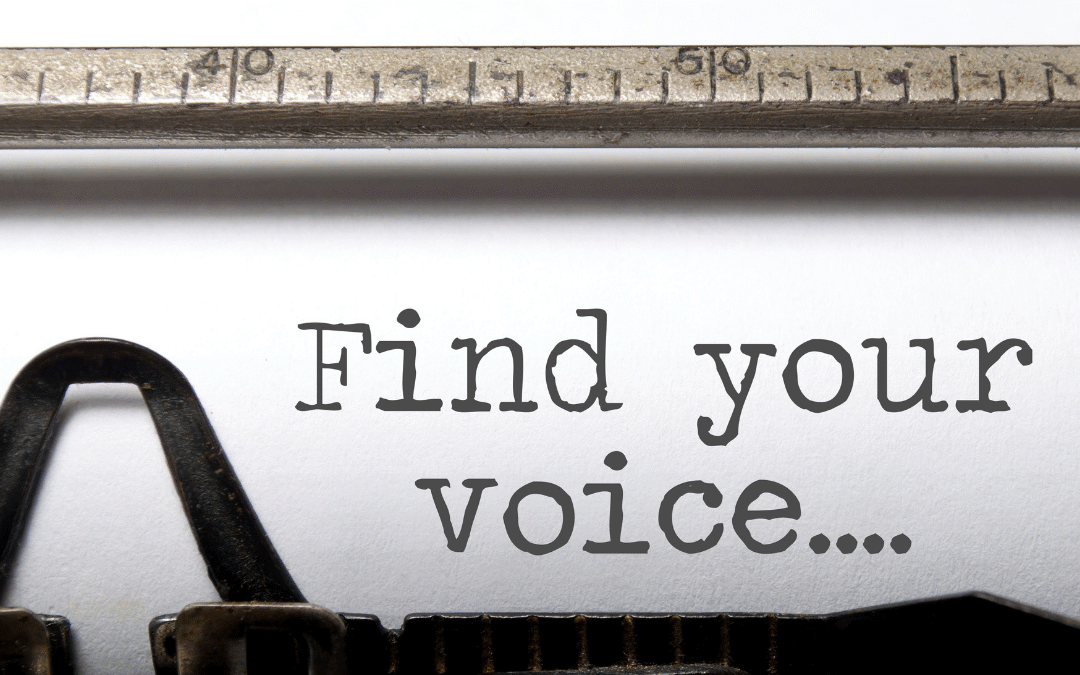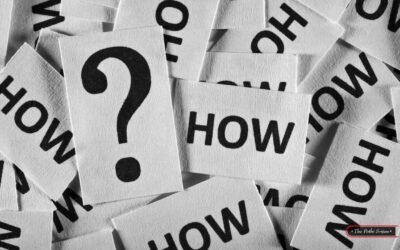Penning a nonfiction book can be a daunting task, but with the right approach, anyone can write an impactful and engaging piece of literature. In this tutorial, we will walk you through the essential steps and strategies to help you bring your ideas to life and craft a nonfiction book that resonates with your readers. From choosing the right topic to conducting thorough research and organizing your content, we’ll cover everything you need to know to successfully write a nonfiction book. Whether you’re exploring different products, personas, or subjects, this guide will equip you with the knowledge and tools to embark on your nonfiction writing journey with confidence and clarity.
Key Takeaways:
- Identify Your Audience: Before starting to write a nonfiction book, it’s important to clearly define your target audience. Understanding who you are writing for will help you tailor your content and language to meet their needs and expectations.
- Research Thoroughly: Nonfiction books require a strong foundation of research and factual information. Take the time to gather and verify your sources to ensure the accuracy and credibility of your book.
- Establish a Clear Structure: Organize your content in a logical and coherent manner. Whether you choose a chronological, thematic, or problem-solution structure, a clear and thoughtful organization will help guide your readers through the material.
Planning Your Book
While the idea of writing a nonfiction book can be daunting, proper planning can make the process much more manageable. Planning your book involves carefully considering your topic, defining your target audience, outlining your content, and conducting thorough research and fact-checking.
Choosing Your Topic
Topic selection is the first crucial step in the book-writing process. Choose a subject that you are passionate about and have expertise in, as this will make the writing process more enjoyable and authentic. Consider the current market trends and the interests of your target audience. It’s also important to select a subject that is not only interesting but also has the potential to address a specific need or problem for your readers.
When choosing your topic, consider the products, personas, and subjects that are relevant to your expertise and interests. Additionally, consider the keywords and trends in the market that align with your chosen topic.
Defining Your Target Audience
One of the key elements of planning your nonfiction book is defining your target audience. Understanding who your readers are will help you tailor your content to meet their specific needs and interests. Consider the demographics, interests, and pain points of your target audience, as well as the platforms and channels they use to consume content. This will help you create a book that resonates with your audience and provides value to them.
Plus, understanding the personas, needs, and problems of your target audience is essential for developing content that addresses their specific interests and challenges, ultimately making your book more appealing and valuable to readers.
Outlining Your Content
An effective outline is the backbone of a well-organized nonfiction book. Start by identifying the key points, chapters, and sections you want to cover in your book. Break down your content into manageable parts and consider the best way to present the information to your readers. An outline can help you maintain focus and clarity throughout the writing process, ensuring that your book flows logically and delivers value to your audience.
For instance, when outlining your content, consider the products, subjects, and personas related to your chosen topic. Develop a structure that effectively addresses the needs and interests of your target audience, incorporating relevant keywords and trends to enhance the appeal of your book.
Research and Fact-Checking
Any nonfiction book requires thorough research and fact-checking to ensure the accuracy and credibility of the content. Conduct in-depth research to gather information, statistics, and real-life examples that support your arguments and insights. Fact-check all the information to avoid the spread of misinformation or inaccuracies, and provide reliable and trustworthy content to your readers.
Research and fact-checking are essential steps to guarantee the reliability and authenticity of your nonfiction book, helping you create a valuable resource for your readers. Utilize credible sources and data to support your content and enhance the authority of your book.
Writing Your Draft
Not sure where to start with your nonfiction book? The first step is to begin writing your draft. This is the time to get all your ideas down on paper without worrying too much about perfection. You can always revise and edit later, but the important thing is to just start writing.
Establishing a Writing Schedule
With the busy schedules of most writers, it’s crucial to establish a writing schedule that works for you. Whether it’s first thing in the morning, during your lunch break, or late at night, finding a consistent time to sit down and write will help you make steady progress on your nonfiction book. Set aside dedicated time for your writing and treat it like any other important appointment.
With a regular writing schedule, you’ll soon find that the words start flowing more easily and you’ll make significant progress on your book. Consistency is key in developing a habit of writing and staying on track with your book’s timeline.
Developing Your Voice and Style
On your journey to writing a nonfiction book, it’s important to develop your own unique voice and style. This will help your book stand out and connect with your readers on a deeper level. Take the time to experiment with different writing styles and find the one that best suits the subject matter and your target audience. Whether it’s authoritative, conversational, or somewhere in between, your voice should be authentic and engaging.
The development of your voice and style is an ongoing process, and it’s okay to refine and adjust as you continue writing. Embrace your unique perspective and let it shine through in your writing to create a compelling and authentic book.
Crafting Effective Chapters
On your way to writing a nonfiction book, it’s crucial to craft effective and engaging chapters. Each chapter should have a clear purpose, and the content should progress logically to keep readers engaged and eager to continue. Start by outlining the main points you want to cover in each chapter, then work on structuring the content in a way that flows smoothly and maintains the reader’s interest.
To craft effective chapters, consider using subheadings, bullet points, and visual aids to break up the text and make the content more digestible. Keep the language clear and concise, and don’t be afraid to let your personality shine through in the writing to keep readers engaged.
Incorporating Storytelling Elements
Storytelling elements can enhance the impact of your nonfiction book by creating a relatable and engaging narrative for readers. By incorporating anecdotes, case studies, and personal experiences, you can bring your subjects to life and make your points more memorable and impactful. Through storytelling, you can connect with your readers on an emotional level, making your book more accessible and impactful.
Elements of storytelling can include character development, setting, conflict, and resolution, adding depth and dimension to your nonfiction book. By weaving these elements into your narrative, you can create a more immersive reading experience that resonates with your audience long after they’ve finished the book.
“`html
Revising and Editing
Unlike the initial drafting process, revising and editing a nonfiction book requires a meticulous approach to ensure the accuracy and clarity of your content. This stage is crucial for refining your manuscript and polishing it to a professional standard.
Self-Editing Techniques
One of the most effective self-editing techniques is to take a break from your manuscript before revisiting it with fresh eyes. This distance will allow you to identify any glaring errors or inconsistencies that may have been overlooked during the writing process. Additionally, reading your manuscript aloud can help you catch awkward phrasing or convoluted sentences that may confuse readers.
Another self-editing technique is to create a checklist of common issues to look out for, such as grammar and punctuation errors, redundant phrases, or unclear explanations. This systematic approach can help you address specific areas of improvement in your manuscript.
Seeking Feedback with Beta Readers
Techniques such as seeking feedback from beta readers can provide valuable insights into how your book resonates with your target audience. Beta readers can offer diverse perspectives and identify areas where the content may be unclear or require further elaboration. Self-editing can only take you so far, and outside feedback is essential for identifying blind spots and improving the overall quality of your book.
Self-editing, Beta Readers, Feedback, Revising, Editing
Professional Editing and Proofreading
Any nonfiction book can benefit from the expertise of professional editors and proofreaders who specialize in refining manuscripts. Their trained eye can catch nuanced errors in structure, tone, and factual accuracy that may elude even the most thorough self-editing efforts. Investing in professional editing and proofreading services demonstrates a commitment to producing a high-quality book that meets industry standards.
Seeking professional editing and proofreading services can provide an invaluable second opinion on your manuscript, ensuring that it is polished to perfection before publication. Professional editors and proofreaders can offer invaluable insights and recommendations for improving the overall impact and coherence of your book.
“`
Publishing and Marketing
Despite the completion of the writing process, the journey to becoming a published author is far from over. Publishing and marketing your nonfiction book is just as important as the writing itself. This is the phase where you will bring your book to the attention of your target audience and potential readers, and ultimately, drive sales.
Traditional vs. Self-Publishing
Self-publishing has become an increasingly popular avenue for authors to get their work out into the world. With the rise of digital platforms and print-on-demand services, authors have more control over the publishing process and a higher percentage of royalties. However, traditional publishing still has its benefits, including wider distribution and the support of experienced professionals in the industry.
Building an Author Platform
An author platform is essential for establishing your brand and reaching your target audience. This includes an author website, active social media presence, and a network within your niche. Building an author platform takes time and effort, but it is crucial for long-term success as a nonfiction author.
Plus, engaging with your readers through blog posts, podcasts, and speaking engagements can help you connect on a deeper level and build a loyal following.
Launch Strategies and Marketing Plans
Building a solid launch strategy and marketing plan is crucial for a successful book release. This involves identifying your target audience, reaching out to influencers and obtaining media coverage, and executing promotional activities both online and offline. Having a well-crafted marketing plan can significantly impact the success of your book.
Plans for your book launch should include keywords and phrases that resonate with your target audience, as well as strategies for capturing their attention and driving sales.
Post-Publishing Considerations
After your book is published, there are still important considerations to address. This includes ongoing marketing efforts, engaging with your readers, and seeking opportunities for speaking engagements and book signings. Additionally, it’s important to evaluate the success of your marketing efforts and make adjustments as needed.
Considerations for post-publishing should include keywords and phrases that maintain momentum for your book and continue to attract new readers.
Summing up: How to Write a Nonfiction Book
In conclusion, writing a nonfiction book requires a blend of thorough research, clear writing, and compelling storytelling. It is important for the author to establish a clear purpose for the book and to thoroughly understand the target audience. The structure and organization of the book should facilitate easy and engaging reading, and the author should use reliable sources and evidence to support their arguments. Ultimately, the key to writing a successful nonfiction book lies in the author’s ability to effectively communicate their message and provide valuable insights to their readers. With careful planning, dedication, and attention to detail, anyone can craft a compelling and informative nonfiction book.
FAQ
Q: What is a nonfiction book?
A: A nonfiction book is a literary work that is based on facts, real events, and information. It is designed to communicate information on a particular subject to the reader.
Q: How do I start writing a nonfiction book?
A: To start writing a nonfiction book, begin by choosing a topic that you are passionate about and have knowledge of. Conduct thorough research to gather supporting evidence and data. Outline your book’s structure and start writing with a clear and focused approach.
Q: What are the key elements of a nonfiction book?
A: The key elements of a nonfiction book include a strong thesis or central argument, well-researched evidence, engaging storytelling, and a clear and organized structure. Additionally, a nonfiction book should provide valuable insights and information to the reader.
Q: How can I ensure my nonfiction book is well-researched and credible?
A: To ensure your nonfiction book is well-researched and credible, make use of reputable sources such as scholarly articles, academic journals, and expert interviews. Properly cite your sources and provide a bibliography to back up your claims and arguments.
Q: What is the process of getting a nonfiction book published?
A: The process of getting a nonfiction book published involves writing a compelling book proposal, identifying potential literary agents or publishers, and submitting your manuscript for review. If accepted, your book will go through the editing, design, and printing stages before being released to the public.







